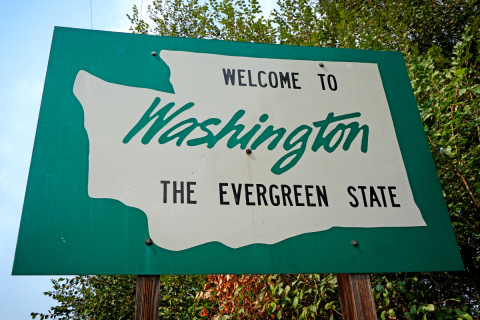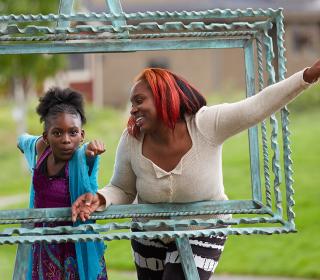Early Immigration in Washington
Seattle is named after the chief of the Suquamish and Duwamish peoples during the time of settlement in 1853. Despite this, First Nations people were expelled from their homeland by 1865, despite previous treaties assuring tribes would get reservation space and maintain their fishing and hunting rights. This was the first of many broken treaties, and it was not the last act of violence or prejudice against non-white peoples in Seattle's history.
The Klondike Gold Rush in the late 1890s attracted many more people to a developing Pacific Northwest, leading to an influx of immigrants — particularly those from Asian countries. The first iteration of Seattle's Chinatown-International District was created during this era, welcoming immigrants and community members from China, Japan, the Philippines, and beyond.
But not everyone was welcoming. Anti-Chinese sentiment was prominent during this time, and the 1882 Chinese Exclusion Act emboldened mobs to lash out against Asian immigrants in their community across multiple states and cities.
On November 3, 1885, a mob in Tacoma rounded up hundreds of Chinese residents, forcing them to leave the city via train and burning Tacoma's two Chinatown districts to the ground. Although the identities of the main offenders (referred to as the "Tacoma 27") were widely recognized, none of them faced conviction, and they were widely applauded for the "non-violent" expulsion of their Chinese residents.
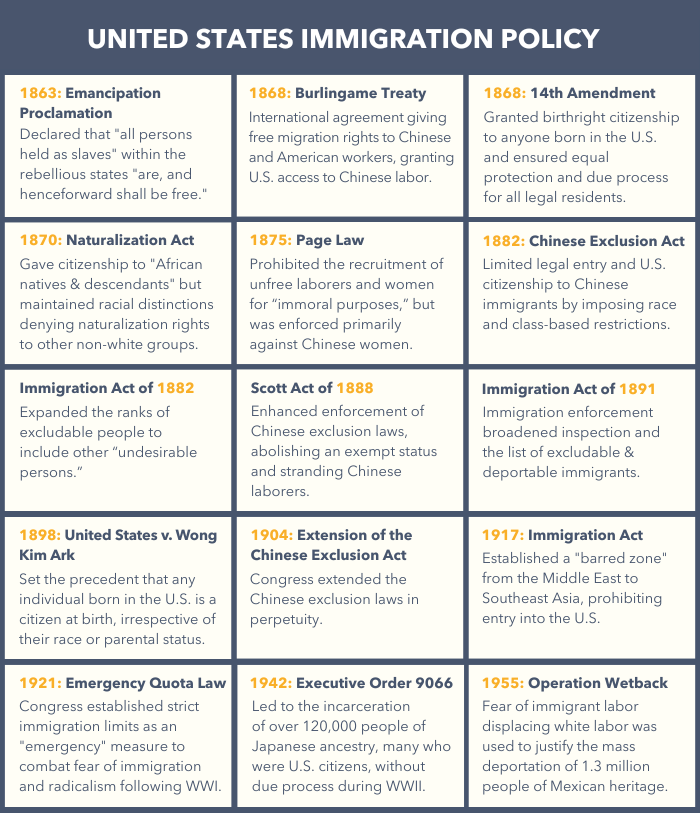
Unfortunately, the Tacoma Riot of 1885 was not an isolated incident. During the Seattle Riot of 1886, an angry mob led by the Knights of Labor invaded Seattle’s Chinatown, forcibly gathering residents to board the steamship Queen of the Pacific headed for San Francisco. By day's end, 89 were on the ship, while 215 remained trapped in a warehouse by the angry mob. U.S. Justice Roger Greene intervened, asking if the trapped people would like to stay or leave on another incoming ship, the Elder the following week. Only 16 stated they wished to stay. As the Chinese residents left the courtroom to return to their homes temporarily, the mob opened fire, resulting in several casualties among the mob. Governor Squire declared martial law and a curfew. Six days later, most of the remaining Chinese population left on the Elder.
Japanese internment during WW2
On May 5, 1942, the U.S. War Defense Command ordered the forced removal of Japanese and Japanese American families from the West Coast due to the war with Japan. Approximately 110,000 individuals were incarcerated in camps across several states, including 13,000 from Washington, two-thirds of whom were American citizens. Over 125,000 people of Japanese ancestry were incarcerated without due process, and although the exclusion orders were eventually lifted on December 17, 1944, the long-lasting effects impacted many Japanese individuals, who struggled to reclaim their pre-war lives.
Bainbridge Island's Japanese American community was the first detained in the United States under Executive Order 9066. With only six days' notice, 227 individuals were forcibly removed from their homes and sent to a concentration camp in Manzanar, California.
The Puyallup Assembly Center, situated at the Washington State Fairgrounds, was created as a temporary facility for individuals of Japanese ancestry. Approximately 7,390 Japanese Americans from Western Washington and Alaska were initially taken to the Puyallup Assembly Center before being moved to permanent War Relocation Authority.
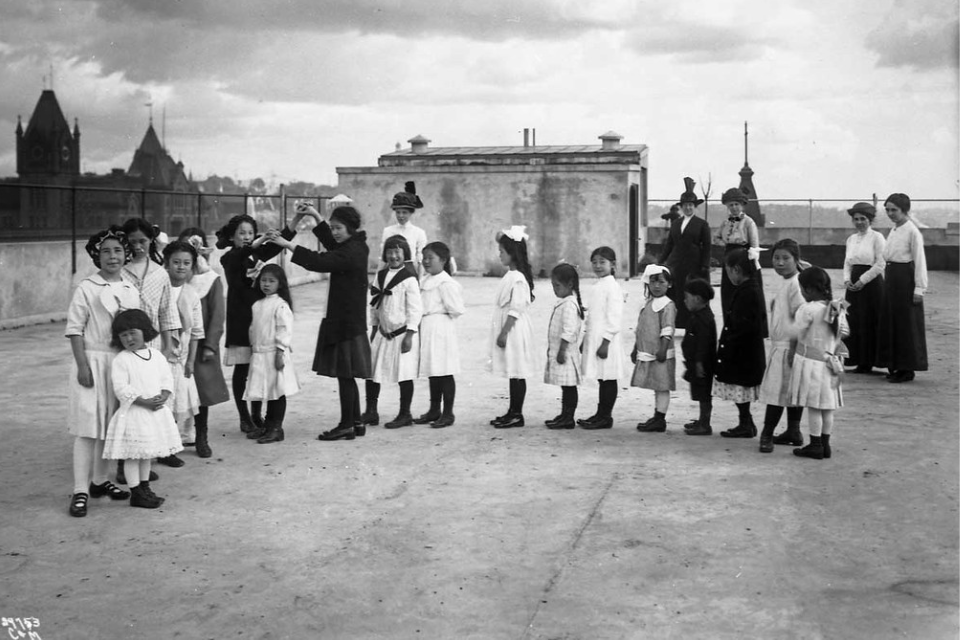
YWCA was one of a few social service organizations that spoke out against the policy of Japanese exclusion, continuing its opposition throughout the war and funding programs to support people in the internment camps. YWCA partnered with Japanese American community leaders, including Kiyoshi "Kiyo" Sakahara, to assist young Japanese American women post-incarceration with services for resettlement.
After the Vietnam War and today
Following the Vietnam War's conclusion in 1975, Seattle was established as a center for refugee resettlement, and hundreds of thousands of Vietnamese refugees and asylum seekers were evacuated and relocated to the United States. Washington state welcomed 500 of these Vietnamese refugees, with many more settling in the area in the years that followed.
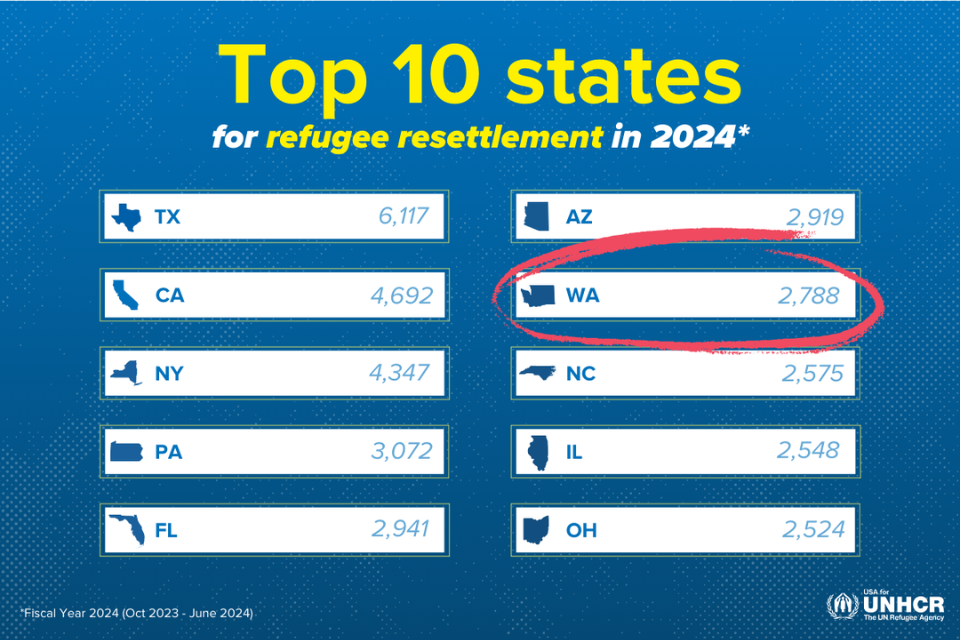
(via UNHCR – The UN Refugee Agency)
Today, almost 40% of Seattle's metro area population is foreign-born or has at least one parent who is foreign-born, and nationally, 25 million Americans (approximately 27% of the population) are foreign-born or have one foreign-born parent. Historically, Washington is recognized as one of the top 10 states for refugee resettlement in the United States. Over the past ten years, more than 30,000 refugees from more than 70 countries have found new homes in Washington State through the U.S. Refugee Admissions Program.
Want to learn more about immigration and hear from long-term immigration advocates? Check out our 2025 Until Justice Just Is recap, and stay up to date with YWCA's latest advocacy work by subscribing to our monthly newsletter.
We share the stories of our program participants, programs, and staff, as well as news about the agency and what’s happening in our King and Snohomish community.
